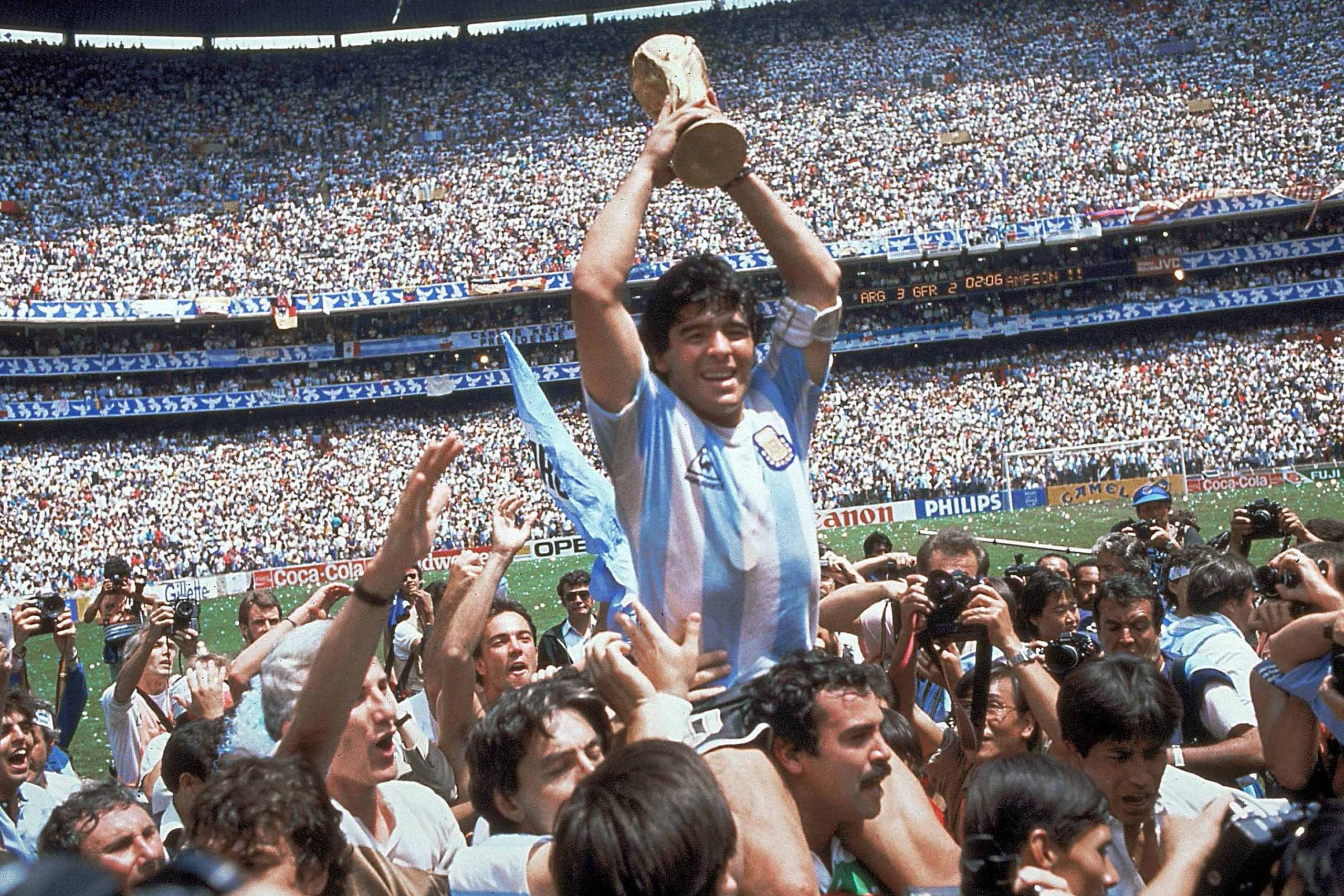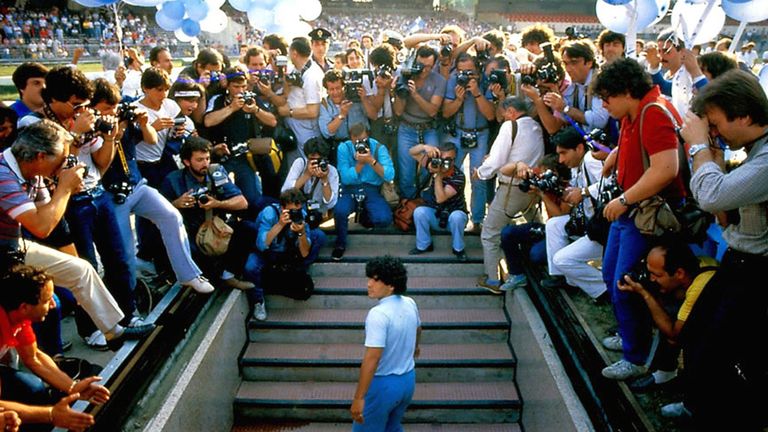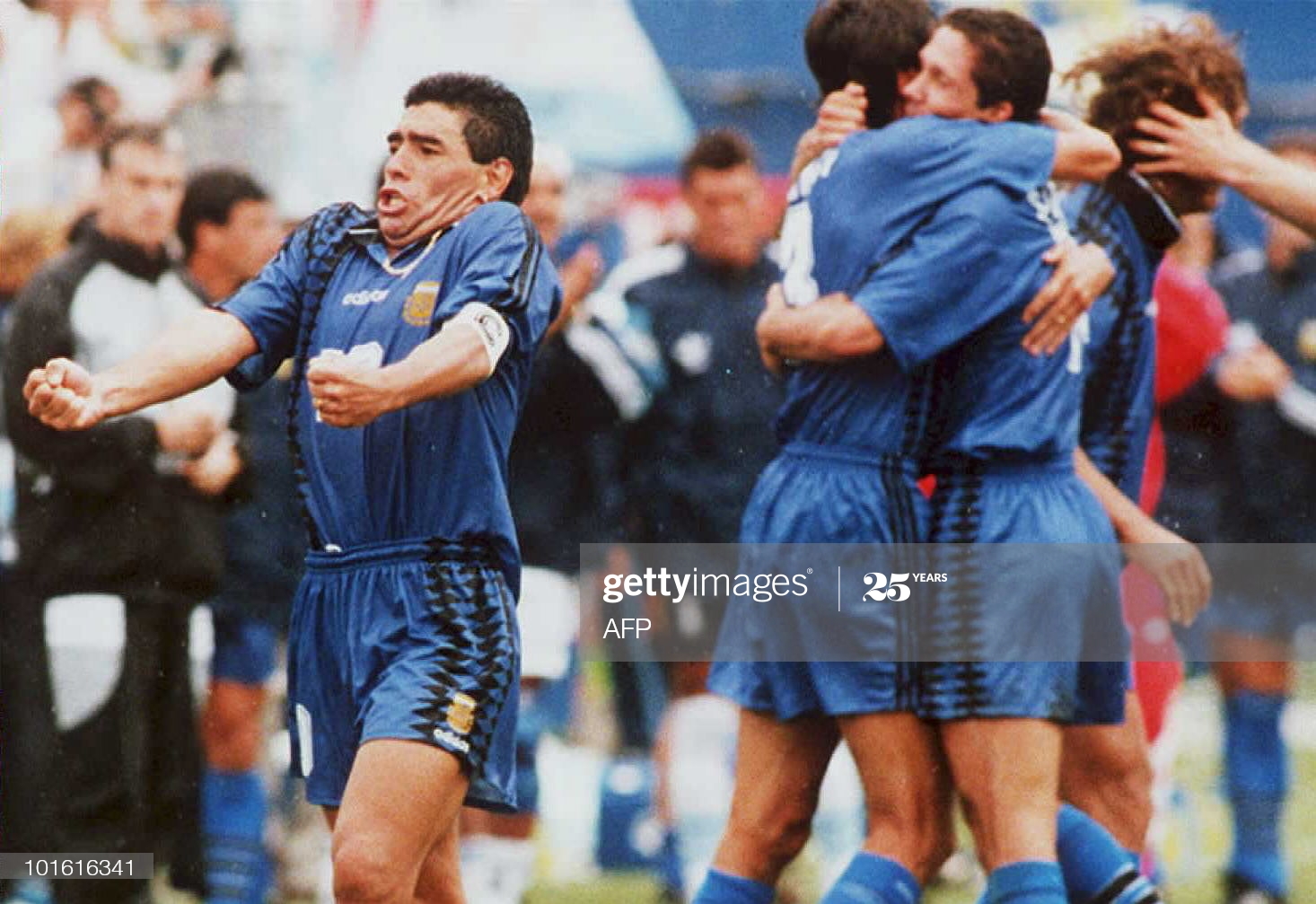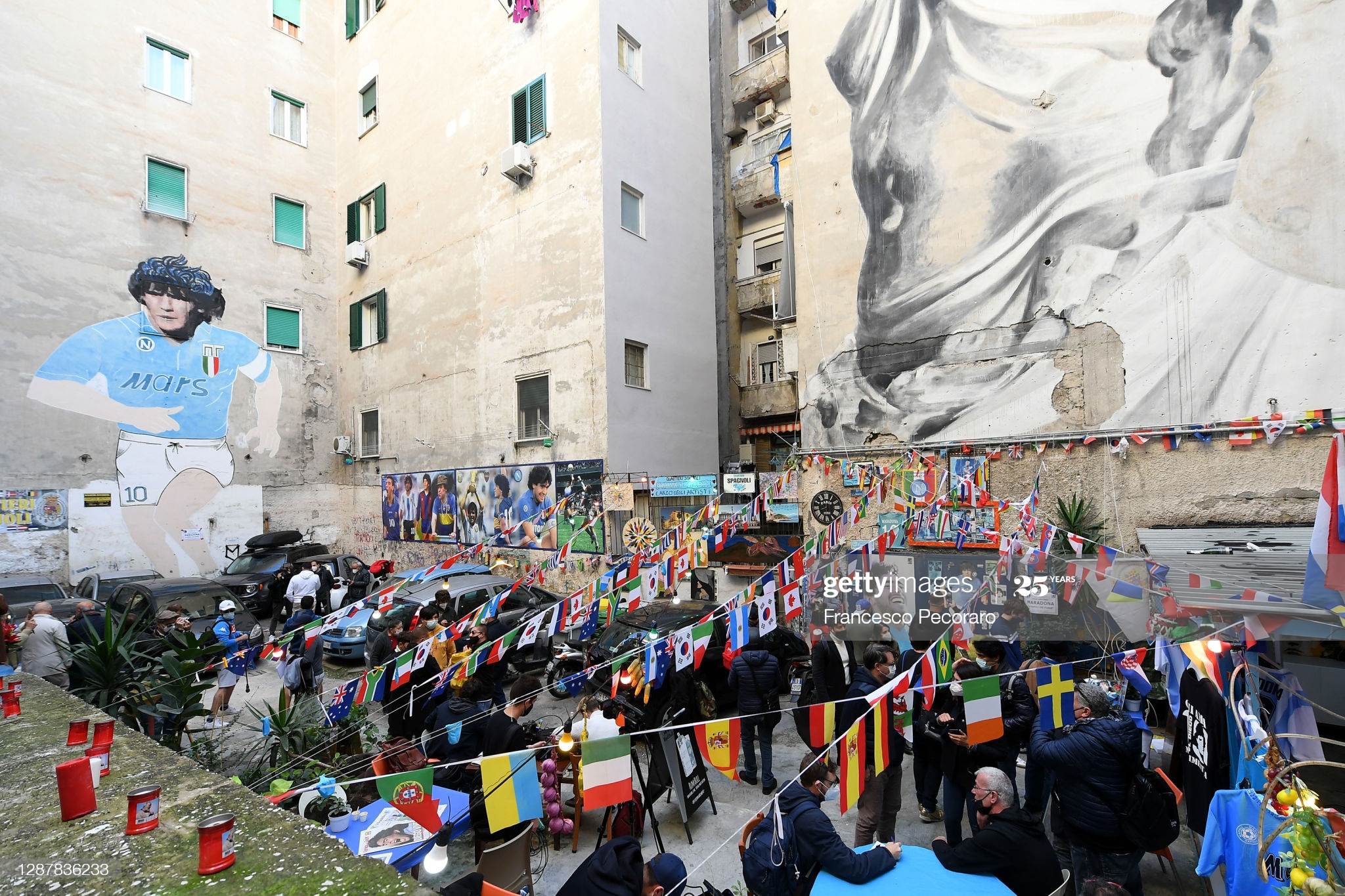Diego v Maradona : The Imperfect Genius

“What planet are you from?” The Argentine television commentator Victor Hugo Morales wailed in the aftermath of Diego Maradona’s mesmerising goal v England in the 1986 World Cup semi-final. As if looking to the Mexican skies for a no less mysterious answer, he then said, “thank god for football, for Maradona, for these tears.” Those tears summing up the emotions of a football-mad nation transfixed on ‘El Pibe de Oro’ (The Golden Boy); the boy raised in a shantytown and the man who would almost single-handedly guide his country to World Cup glory in 1986.
Detested. Tremendous. Terrible. Loved. Hero. Villain. These are the extremes of emotions that the name Maradona evokes in many a football fan. As depicted in Asif Kapadia’s seminal documentary film ‘Diego Maradona’, the man consisted of two competing personalities; the ‘private’ Diego and ‘public’ Maradona.
Humble Beginnings
To understand the ‘private’ Diego, we must first understand where he came from and his humble beginnings in the slums of Villa Fiorito on the southern outskirts of Buenos Aires. Born into a poor family of four sisters and two brothers, Diego’s early childhood was blighted by hardship. Until, at age eight, he went to trials at Argentinos Juniors, where the youth coach of the time Francesco Cornejo told FIFA.com in 2014,
“We couldn’t believe he was only eight years old… When we discovered he’s been telling us the truth, we decided to devote ourselves purely to him.”
Diego, the awe-inspiring young footballer had been unearthed amongst the hopelessness of his surroundings. From that moment on, football would define his life. By age 16, he had made his professional debut for Argentinos Juniors, where he would score 115 goals in 167 appearances between 1976 and 1981, before his childhood dream of moving to Boca Juniors.
During this time, Diego had also become his family’s breadwinner, earning an apartment of his own at 15. However, his Catholic-centered upbringing could have never equipped him for the fame and media scrutiny of his football career.
The eyes of world football caught a glimpse of his immense talent at the 1979 FIFA World Youth Championships where former FIFA President Sepp Blatter remarked 30 plus years later,
“He left everyone open-mouthed every time he got on the ball.”
Diego’s first World Cup came in Spain in 1982, his future country of residence when he joined Barcelona from Boca Juniors for a world record fee of £5 million after the event. Similar to the way his country performed at that World Cup, being knocked out in the second round as holders by bitter rivals Brazil, his career at Barcelona never really took off. His time in Catalonia, blighted by injuries and a moment at the end of the 1984 Copa Del Rey final at the Santiago Bernabau that football fans and the Spanish King Juan Carlos, who was in attendance, will never forget.
Due to his precocious talents, Diego was a marked man throughout his career, which at times brought about the angry side in the Argentine. Having been provoked by Athletic Bilbao’s Miguel Sola after full time, following Barcelona’s 1-0 defeat, he reacted by headbutting Sola and knocking another player out cold, before a mass brawl broke out between both sides. Sixty people were injured, and the incident all but sealed Diego’s transfer from Barcelona to Serie A’s Napoli for another world record fee. £6.9 million in 1984.

Napoli : Like his family, Diego’s burden to bear
Naples was a city in 1980s Italy taunted by its more illustrious northern counterparts like Milan, Roma and Juventus as ‘the shame of the whole of Italy’ and ‘Italy’s sewer’. Diego would later tell director Asif Kapadia, “I felt as though I represented a part of Italy which counted for nothing”.
When he arrived at Napoli in 1985, his transfer was not considered a guaranteed success. However, despite his issues at Barcelona, the city of Naples saw him as their saviour and 75,000 fans turned out to see him unveiled at the Stadio San Paulo. He would prove those fans right, his magnificent on-field performances leading Napoli to their first ever Serie A title in 1987 and a second in 1990. Having transformed Naples from a complicated city to a winning one, his god-like status led current Napoli President Aurelio de Laurentiis to announce to RMC Sport in the aftermath of his death, that
“We can consider the idea of calling our stadium San Paolo – Diego Armando Maradona.”
Despite his on-field successes, Diego Maradona would leave Napoli a broken soul in 1991. The beginnings of what you may call the ‘public’ Maradona stem from not only the 1986 World Cup but his troubles off the field during his time in Naples.
As seen in Kapadia’s documentary, which primarily focuses on his time in Naples, the Camorra crime syndicate brandished an undisclosed yet clearly significant influence over the club and soon, over Maradona himself. Introducing him to prostitutes and cocaine as an escape from the pressures of an expectant city, the seeds of his personal demise had been sewn. His ex-wife and mother of his two daughters spoke candidly about his infidelity and of a son, Diego Armondo Junior, whom he refused to recognize until 2003.

We all know the game. 22nd June 1986, World Cup quarter final between England and Argentina. During five short minutes just after half time, Maradona scored arguably the two most significant goals in the history of the beautiful game. The questionable character and cheating of his first ‘Hand of God’ goal and the sheer majesty and other-worldly ability of his second. As French newspaper L’Equipe described his exploits after the game, ‘half-angel, half-devil’.
In those five minutes, the two Diego Maradonas manifested themselves; the detested Maradona, the brilliant Maradona, the devious Maradona, the adored Maradona. He would go on from there to lead his country to World Cup glory in the final v West Germany, winning the Golden Ball for Player of the Tournament by unanimous vote.
Maradona reached the World Cup final again in Italia ’90 only to be defeated by West Germany. That tournament though would be most remembered for the hosts Italy’s semi-final v Argentina in Maradona’s adopted home of Naples. During the game, in which he scored the winning penalty to knock out Italy, he reacted angrily to being booed by opposing fans.
In its aftermath, he was no longer welcome in Italy, with newspapers running headlines like “Maradona is a drug addict” and “Maradona goes with whores.” This is where his support system collapsed as the city who once adored him threw him to the wolves of the media. A victim of his own success.
His sorry departure from Napoli in 1992 due to a failed drug test for cocaine, a far cry from the 75,000 who welcomed his arrival seven years earlier. Like a classical ring composition to his career, Maradona would then return to Spain to play for Sevilla, before ending his career back home in Argentina at Newell’s Old Boys and Boca Juniors.
The indignities for him mounted in the post-Napoli years, being sent home for taking performance-enhancing drugs at the World Cup in USA ’94 and an underwhelming stint as Argentina manager from 2008-2010. From his years at Barcelona to treatment he received in 2004, Maradona had been addicted to cocaine, while in later life he suffered increasingly from obesity and alcohol abuse which eventually contributed to his recent tragic death.

How he should be remembered?
In one of the final scenes of Kapadia’s documentary, we see a bloated modern version of Diego Maradona struggling to get around the pitch in a simple five-a-side game. The devilishly dazzling boy wonder ‘Diego’, now long consumed by the living legend ‘Maradona’, whom his sister remarked, “It was a heavy weight to be so famous.” The years after his illustrious playing career, were not dominated by happiness and joy, but by pain and embarrassment.
People can weigh up the pros and cons of Diego Maradona, the hero and the villain. In the end though, it doesn’t matter because most of our heroes are complicated, they are never perfect. Maradona was that imperfect genius to many, he scaled the heights of world football despite his flaws. For those like me who did not see Maradona in his pomp, a banner placed outside a cemetery in Naples after Napoli’s first Serie A Title victory, sums it up best “You don’t know what you missed.”